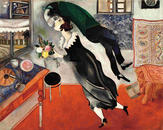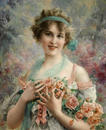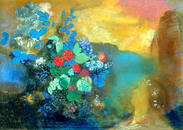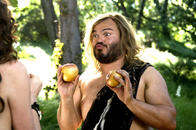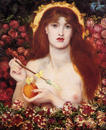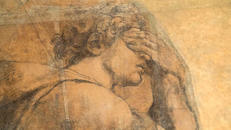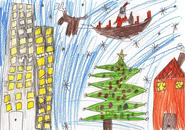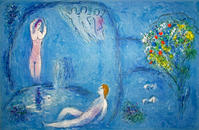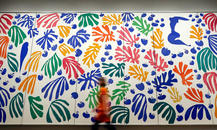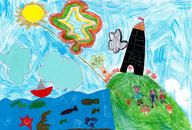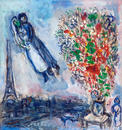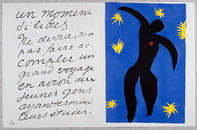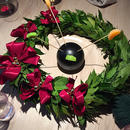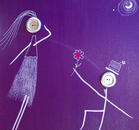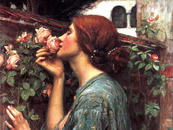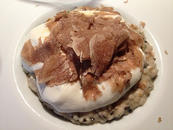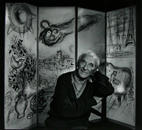Garland
This year, I spent a good amount of time reflecting on what I was going to teach to the students of the Master of Italian Cuisine in Vicenza during the lectures I was to hold on art and aesthetics. I felt the need to start off with a strong impression, something that would not only arouse their interest, but lay the cornerstones not only of activity, art, but of a civilization, ours.
It didn’t seem like an easy task because, in order to introduce a new and complex subject to students from different backgrounds, it was essential to refer to something that everyone could relate to.
Eventually, flipping through the notebooks that I have scribbled in and collected over the years, I was inspired by some excerpts that I had written down, put together and rewritten, without citing the source. At first, the omission of the sources disheartened me: normally I cite everything out of gratitude. But then I thought, given the universality of the topic, the lack of a citation distinction could even be beneficial: by citing a source, I would risk relegating this thought to one of the countless opinions (doxa) that populate the world. Taken as is, as if it descended from above, perfectly divided into three, it can instead be taken as the traits of a truth (alétheia) as the foundation of an irrefutable system (epistème). Perhaps today I feel a need for this, something undeniable, given that as a graphic designer I am forced to live perpetually on the opinion of others, on uncertain, on judgment, on conflict, on krisis (creativity is a form of precariousness and disobedience).
"The caveman overcame being a brute when he offered the first wreath to his girlfriend. Rising above natural and primitive needs, introducing a symbolic form, he became human.
Therefore, when he realized that he could make use of the useless, man also made his entry into the art world. The transition from feritas humanitas occurred with the discovery and use of symbols. So in art, and in love, a gift, the useless, is what makes life beautiful and good.
However, personal interests are often lurking in the background, negating the beauty and goodness, as well as freedom. Taking account of the garland causes it to wither."
This thought, this garland given to my students at the beginning of the course, I want to donate now, at the end of the year, to those who have been kind enough to read my words. It’s s simple though intended as a wish of good things to come, free and sincere.
18/12/2015 Filippo Maglione


